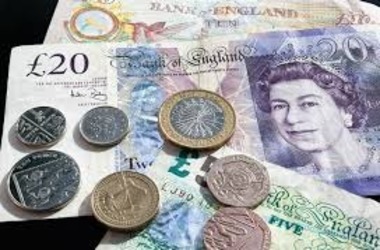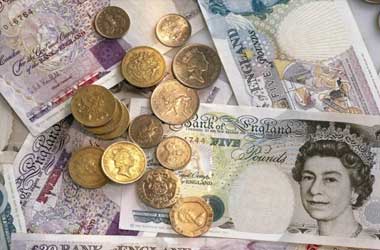 The pound rallied against the greenback to trade at about 1.2985 Thursday, representing the highest level since March 9th, as the Federal Reserve maintained the fed funds rate as anticipated and cautioned that the Covid-19 issue will have a lingering effect on economic activity, inflation and job opportunities in the near-term, while posing significant threat to the economic forecast over the medium-term. Investors were worried over the absence of headway in Brexit discussions.
The pound rallied against the greenback to trade at about 1.2985 Thursday, representing the highest level since March 9th, as the Federal Reserve maintained the fed funds rate as anticipated and cautioned that the Covid-19 issue will have a lingering effect on economic activity, inflation and job opportunities in the near-term, while posing significant threat to the economic forecast over the medium-term. Investors were worried over the absence of headway in Brexit discussions.
Concurrently, the UK government stated that it had accepted to purchase up to 60 million doses of Covid-19 drug that is likely to be produced by GlaxoSmithKline and Sanofi, following successful trial. It is the fourth consecutive agreement inked by the government.
The Fed has decided to keep benchmark rates near zero and promised to utilize all tools at its disposal to back economic recovery. Chairman Jerome Powell pointed out that there are indications that Covid-19 infections is beginning to affect economic activity, while underlining that the course of economy is highly uncertain.
Japan
The country’s retail trade dropped 1.2% y-o-y in June, following a 12.5% decline in the earlier month, but better than economists’ anticipation for a 6.4% decrease. It is the fourth successive decline in retail trade, against the backdrop of Covid-19 issue that had a negative effect on demand.
Sales of general merchandize decreased 11.2% in June, compared with a 35.2% decline in the prior month. Likewise, fabrics, accessories & apparel fell 6.7% in June, following a 34.6% drop in the earlier month.
While motor vehicles sales dropped 17.2%, fel sales decreased 14.6%. On the contrary, machinery & equipment sales recovered with a growth of 15.9%, compared with a decline of 6.2% in May. Similarly, food & beverage sales also rose by 3%. On m-o-m basis retail sales surged 13.1% in June, following a 1.9% increase in April. Following the release of economic data, the yen declined 0.08% to trade at 104.994 against the US dollar.
New Zealand
In New Zealand, new building approvals inched upwards by 0.5% m-o-m to 3477 units in June, following a 35.6% increase in May. Barring flats, apartments and retirement village units, the number of approvals was 1885. The number of new dwellings approved was 37,614 y-o-y in June 2020, up 8.1% from similar period last year.
The ANZ Business Confidence Index improved to -31.80 in July, from -34.40 in prior month, against the backdrop of Covid-19 limitations. Activity forecast improved to -9.9 in July, from -25.90 in June. Likewise, export outlook improved to -12.70, from -17.80. Investment intentions also improved considerably to -6.70, compared with -20.50 in the earlier month. While profit outlook improved to -12.7 (compared with -17.80), employment intentions increased to -15.1 (against -25.90 in June). Capacity utilization also improved to -7.80 in June, from -16.40 in May.
Australia
The Aussie declined 0.21% to 0.71721 in Asian session after the data published by the Australian Bureau of Statistics indicated that import price index declined 1.9% q-o-q in the June quarter, following a 1% decrease in the earlier quarter.
Economists had anticipated the import price index to drop by 2.5%. While petroleum, petroleum products and related materials posted a 32.5% decrease, non-ferrous metals recorded a 5.6% drop. On the contrary, road vehicles posted a 2% increase, while gold and non-monetary goods recorded an 8.3% growth.
The statistical organization also stated that the number of building approvals declined by 4.9% m-o-m in June, compared with a 15.8% drop in the earlier month. Economists had anticipated an improvement to negative 2% for the reported month. It was the fourth consecutive month of decline as private sector houses recorded a decrease of 5.7% (vs -4% in May), while dwellings excluding houses dropped 5.3%, after decreasing 33.7% in the earlier month.
Oil
Crude prices declined in Asian trading session on worries that jump in Covid-19 cases will dampen consumer demand. Yesterday, EIA reported steep decline (-10.90 million barrels) in crude oil inventories, easily surpassing market expectations for a 1million barrel increase in inventories. It is the second sharpest decrease in 2020.
The US Fed maintained interest rates as anticipated by economists and stated that labor markets “have picked up somewhat in recent months but remain well below their levels at the beginning of the year.” WTI crude declined 0.08% to $41.255 a barrel, while Brent crude fell 0.08% to $43.73 per barrel.




